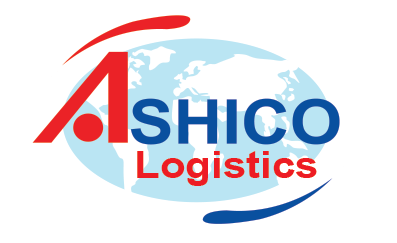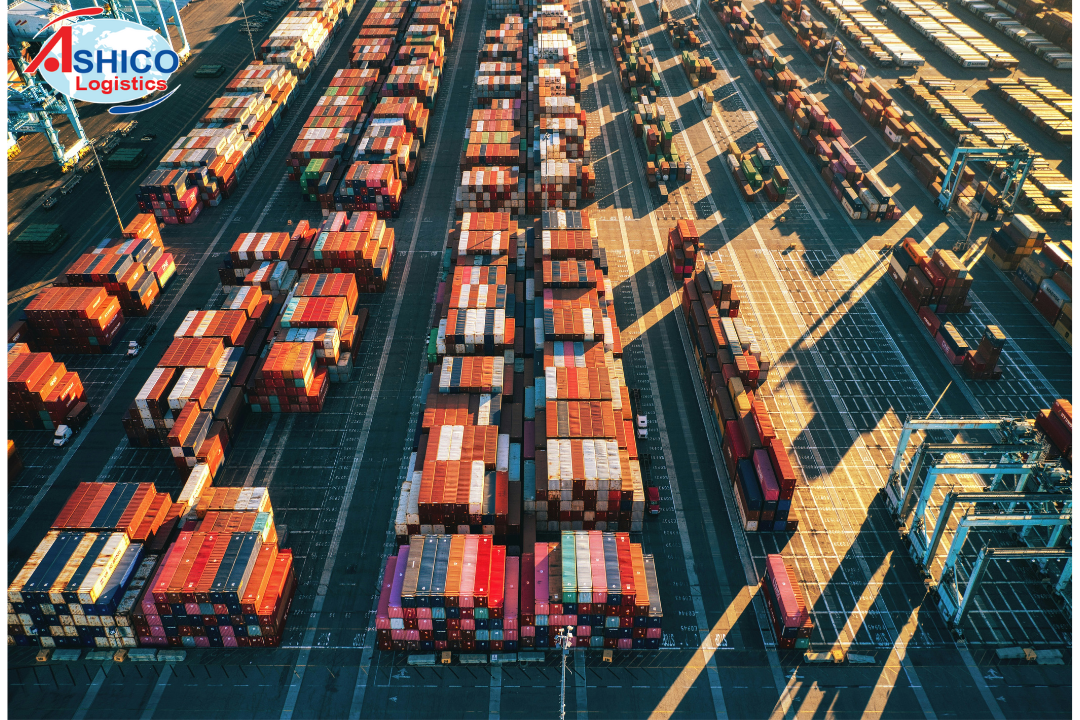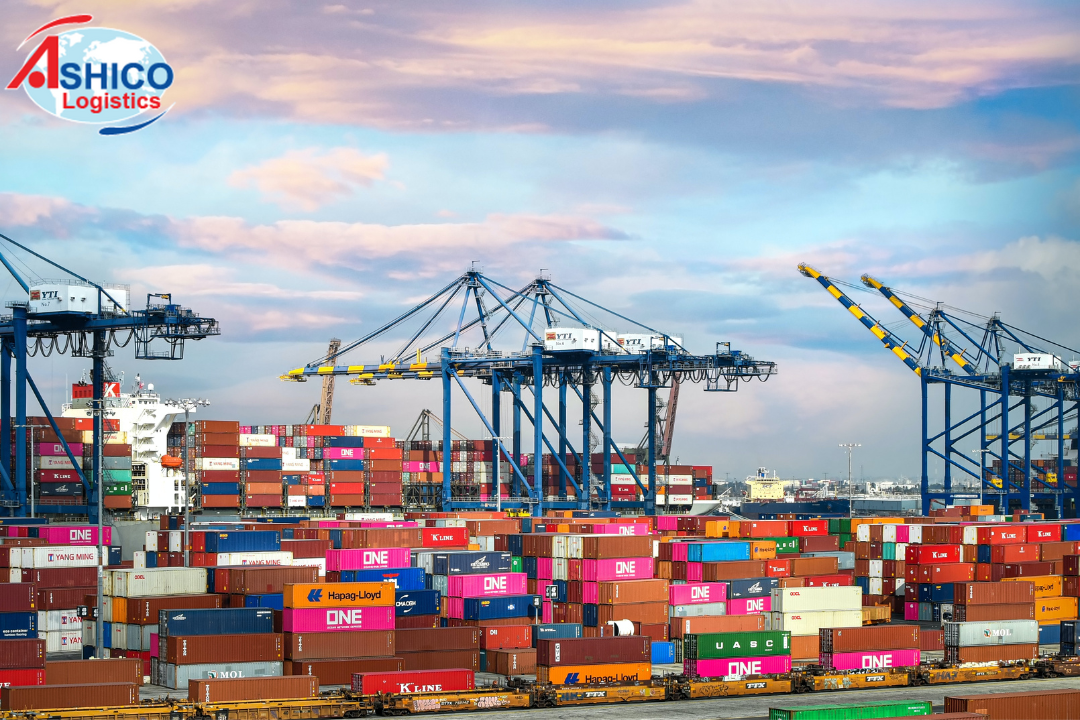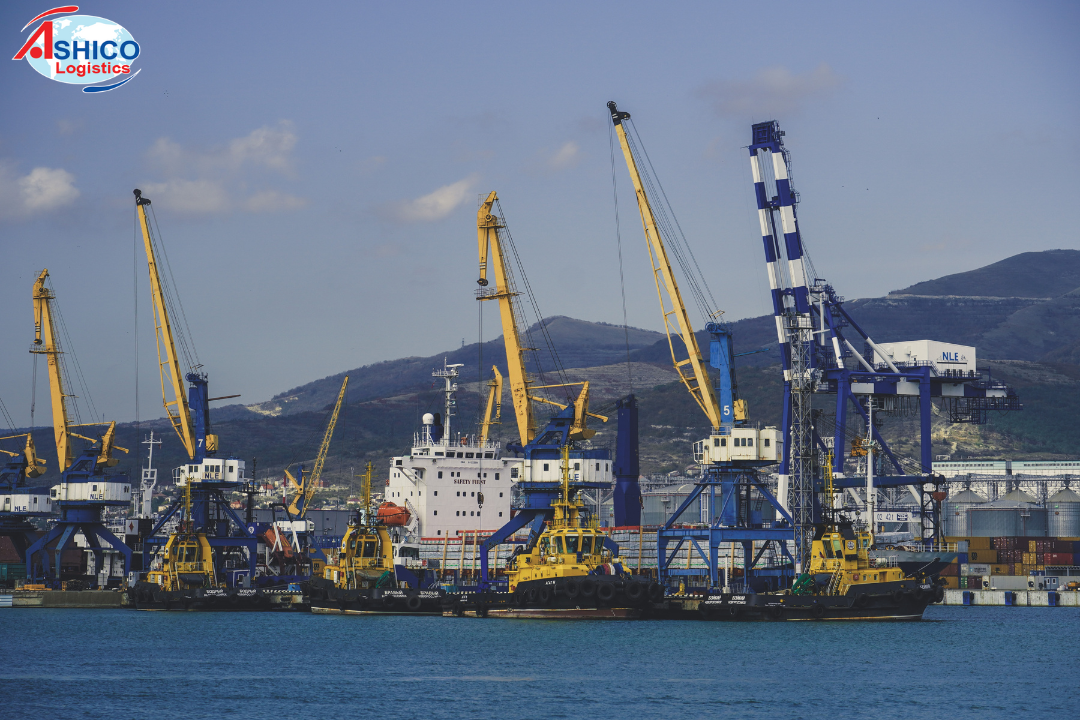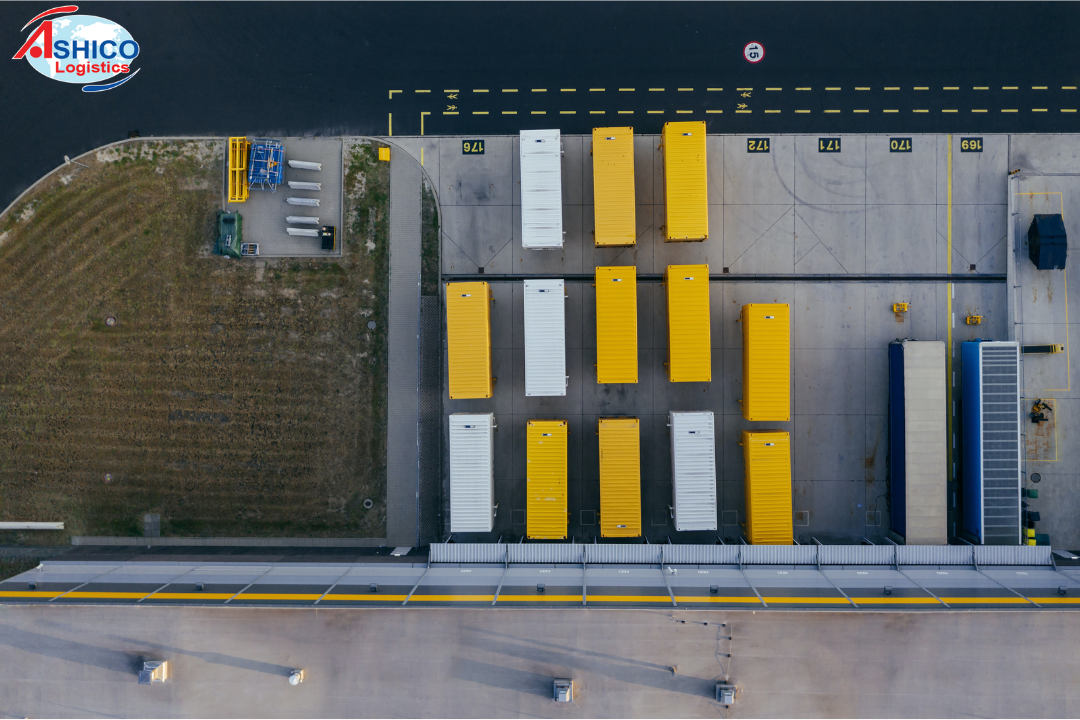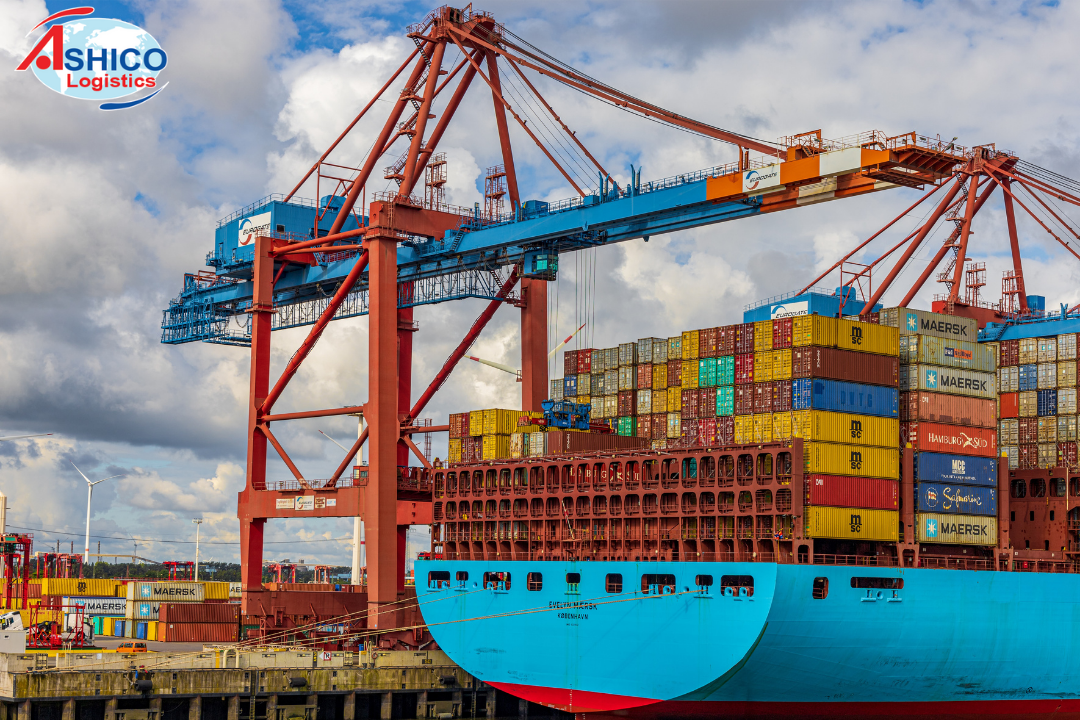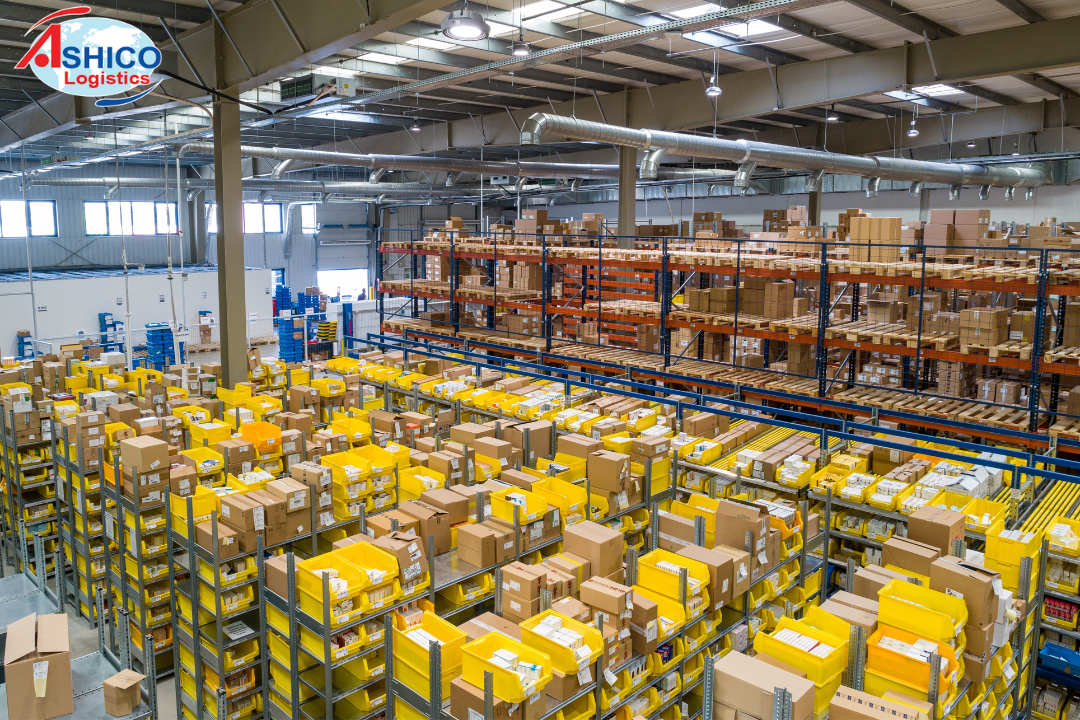
Vietnam ranks 43rd in the logistics efficiency index ranking
According to the Vietnam Logistics Services Business Association (VLA), Vietnam's current average logistics cost is 16.8 - 17% of GDP, much higher than the world average of 10.6%. .
Meanwhile, domestic logistics infrastructure still has many limitations, lacks synchronization and connection; Seaport planning is still inadequate, there are no key ports... This hinders improving the competitiveness of the logistics industry in the context of strong global economic integration.
.png)
Container warehouse at Tan Vu port.
Analyzing this issue in depth, Mr. Le Duy Hiep, Chairman of VLA, shared that the connection between modes of transport is still limited. The reason is that water transport capacity is still low with inland water transport only accounting for 21.6%; Road transport is still the most popular mode of transport, accounting for 73%. Total output of goods transported by sea transport accounts for only 5.2%, by rail 0.2% and by air 0.01%. Thereby, causing logistics costs to increase, reducing the competitiveness of Vietnamese goods.
According to a World Bank report published in 2023, Vietnam ranks 43rd in the logistics performance index (LPI - Logistics Performance Index), among the top 5 countries in ASEAN, after Singapore, Malaysia, Thailand and the same location as the Philippines. The average annual growth rate of Vietnam's logistics market is 14 - 16%, making an important contribution to promoting Vietnam's import and export turnover for many years. However, Vietnam's logistics service industry is facing many challenges and limitations in the capacity of logistics service providers. The digital transformation activities of most logistics businesses are also in the early stages and have not received adequate investment attention.
Faced with this situation, Mr. Tran Tuan Anh, Head of the Central Economic Commission, said that logistics is a service industry that plays an essential role and makes an important contribution to socio-economic development. Although Vietnam's logistics industry has made strong developments in recent times, businesses in the industry need to strengthen their professional capacity and service quality, and promote links between logistics businesses and other businesses. production, business or import and export.
"Agencies, departments and branches must also continue to innovate and improve the quality of institutional building, perfect mechanisms, policies and legal regulations on logistics, ensuring compliance with commitments and practices." internationally, creating a complete and synchronous legal corridor to encourage domestic logistics companies to develop. In particular, provide more active support to help businesses in this industry promote digital transformation and enhance application of logistics services. Using scientific and technological achievements to limit risks, increase efficiency, and improve logistics activities, the State will also continue to mobilize resources, remove difficulties, and implement key projects of the industry. transportation and solutions to synchronously develop transportation infrastructure systems, seaports, and logistics centers," Mr. Tran Tuan Anh emphasized.
